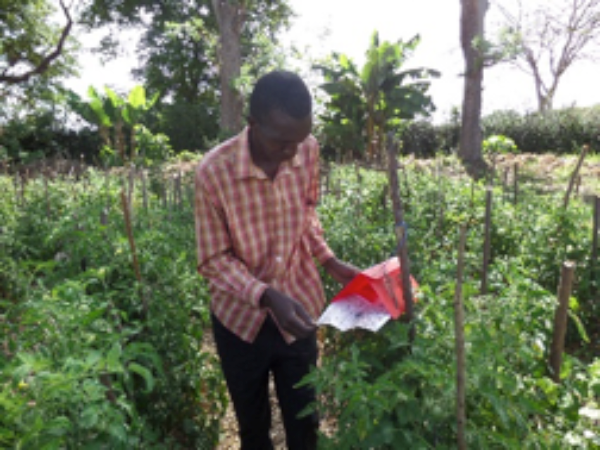Delta Trap
A robust monitoring system for small to medium sized moths
The Delta trap is an ideal trapping device for the monitoring of Lepidoptera pests in both indoor and outdoor growing areas that are commonly affected by this type of pest. The trap is made of a durable, corrugated plastic that is UV and rain resistant, enabling its use across several seasons. The trap is quick and easy to assemble and simply requires the addition of a pheromone lure, which when placed in the centre of the trap will attract and trap the pests.
Benefits of the Delta trap
- Simple to install and easy to use.
- Use over several seasons due to strong, robust material.
- Removable sticky liner for ease of inspection and replacement.
- Use with any solid pheromone lure.




